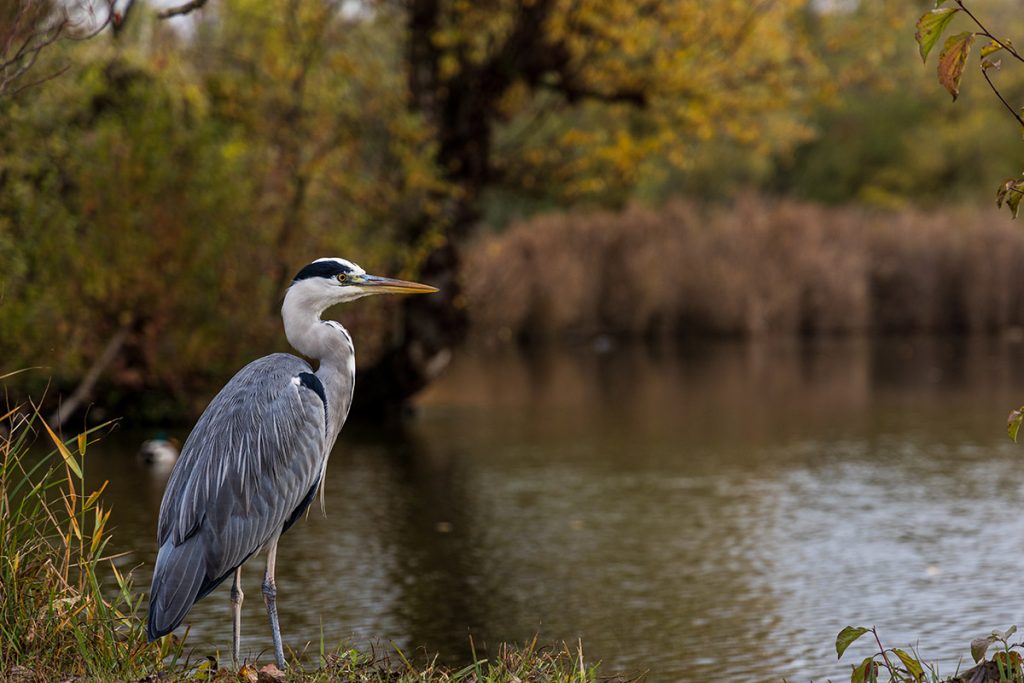Wildlife Management Areas (WMAs) play a crucial role in preserving our natural environment and the diverse species that call it home. These areas, set aside for the protection and conservation of wildlife and their habitats, are invaluable for several reasons.
What Is a Wildlife Management Area?
A Wildlife Management Area is a designated tract of land specifically managed to conserve and protect wildlife and their habitats. These areas are typically owned and operated by governmental agencies, such as state wildlife departments or federal agencies like the U.S. Fish and Wildlife Service. WMAs can vary in size, ranging from a few acres to thousands of acres.
Why Are Wildlife Management Areas So Important?
Biodiversity Conservation: WMAs are critical for conserving biodiversity. By preserving natural habitats and creating safe spaces for wildlife, they help maintain the balance of ecosystems. These areas provide refuge for numerous plant and animal species.
Habitat Restoration: Wildlife Management Areas often undergo habitat restoration efforts, including reforestation, wetland restoration, and invasive species control. These actions help ensure the survival of native species and the recovery of ecosystems that have been damaged by human activities.
Research and Education: WMAs serve as living laboratories for scientists and researchers to study wildlife behavior, ecology, and habitat dynamics. These areas also provide educational opportunities for students and the public, fostering a deeper understanding and appreciation of nature.
Recreation and Ecotourism: Many WMAs offer recreational opportunities such as hiking, birdwatching, hunting, and fishing. These activities promote ecotourism, boosting local economies while raising awareness about the importance of wildlife conservation.
Climate Change Mitigation: Protecting WMAs contributes to climate change mitigation by preserving carbon-sequestering forests and wetlands. These areas act as natural carbon sinks, helping to reduce greenhouse gas emissions.
Supporting Wildlife Management Areas is a collective effort. Here’s how you can get involved:
Volunteer: Many WMAs welcome volunteers for habitat restoration, wildlife monitoring, and educational programs.
Visit and Explore: Enjoy the recreational opportunities these areas offer while respecting their rules and regulations.
Wildlife Management Areas are vital sanctuaries for wildlife and serve as guardians of our planet’s natural heritage. Their importance in preserving biodiversity, restoring ecosystems, and educating the public cannot be overstated. By recognizing the value of WMAs and actively supporting their conservation efforts, we can ensure a healthier and more harmonious coexistence with the natural world.
FDCE has been assisting with the management of state wildlife areas since 2007. Our team of experts specializes in conservation strategies, from habitat restoration to sustainable land use practices, designed to bolster local ecosystems and wildlife populations. We invite wildlife conservation agencies and organizations to connect with us today. Let’s collaborate for a more sustainable coexistence with nature and make a real impact on our planet’s wildlife. Contact us now to explore partnership opportunities.

